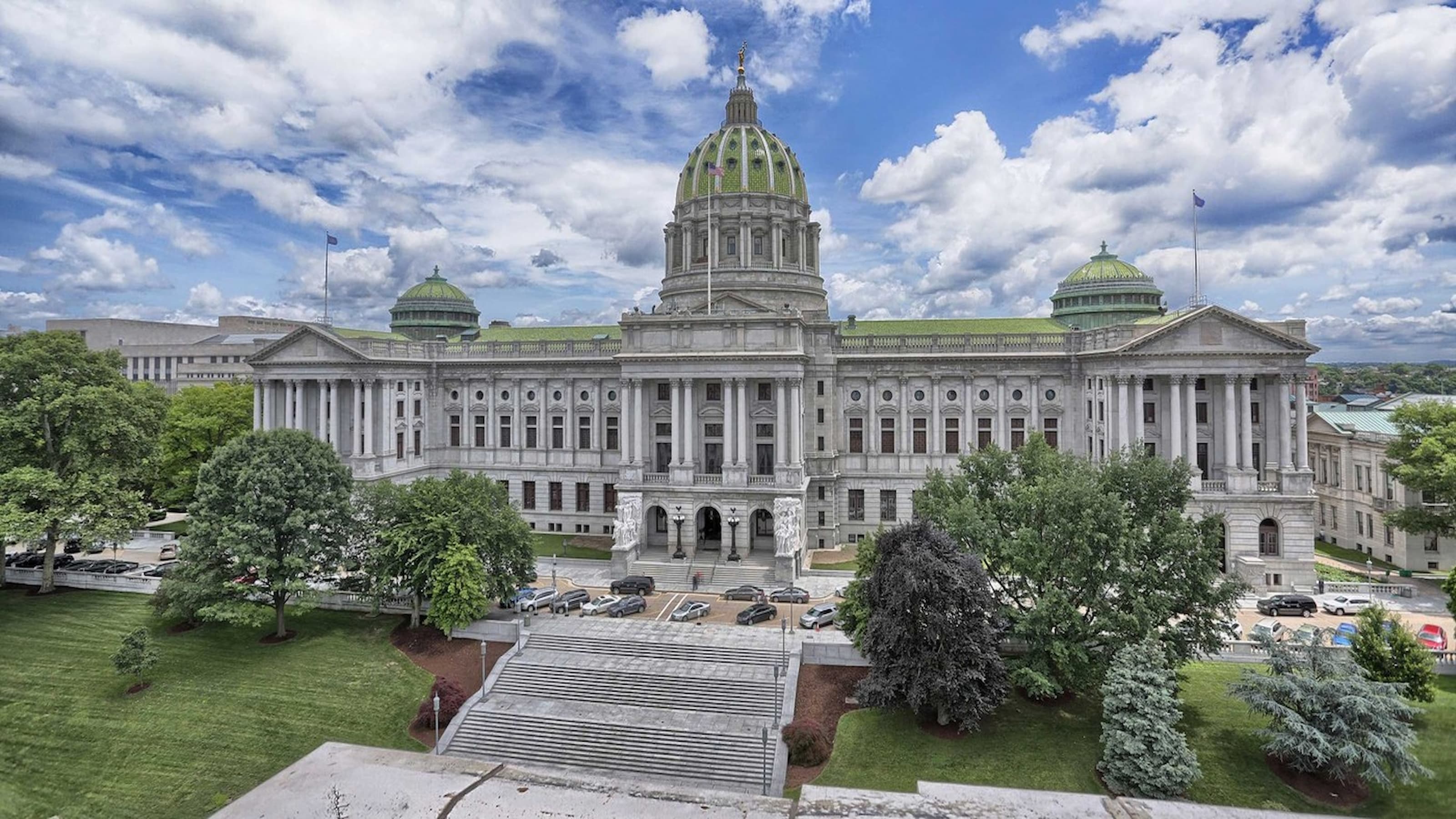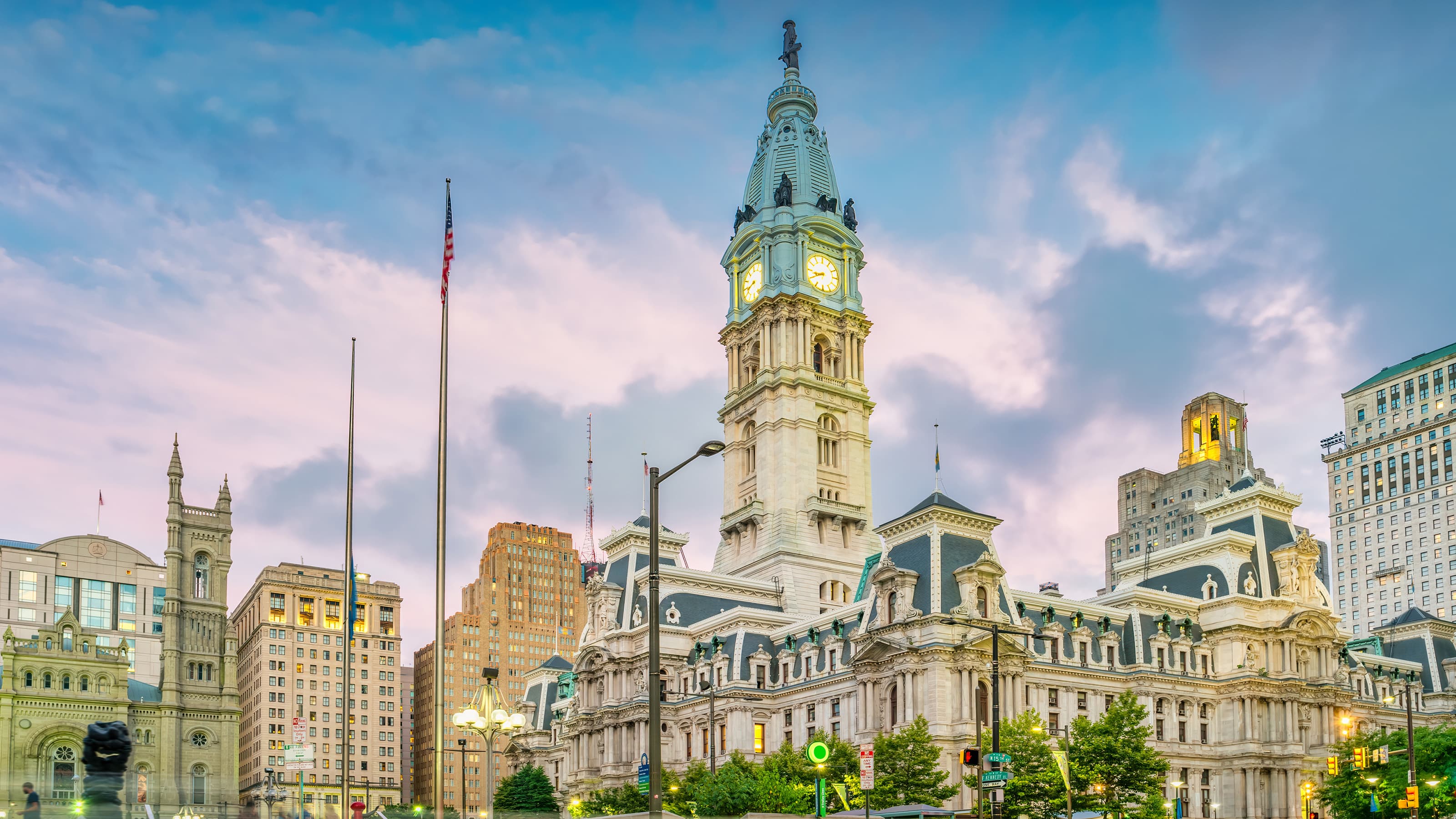Understanding Hate and Anti-Asian Racism
The University’s latest Unlimited Learning series explored the history and dramatic rise in anti-Asian hate crimes and rhetoric — and ways to create allyship and inclusivity with Asian communities — with Saint Joseph’s Nicole Stokes, Ph.D., Divya Balasubramaniam, Ph.D. and Asia Whittenberger ’22, and 6abc’s Nydia Han.
 (Left to right) Nydia Han, Divya Balasubramaniam, Ph.D., Asia Whittenberger ’22
(Left to right) Nydia Han, Divya Balasubramaniam, Ph.D., Asia Whittenberger ’22
- During the latest Unlimited Learning series, the rise of anti-Asian rhetoric and hate crimes was discussed in-depth, including its dark legacy in American history.
- The notion of Asian-Americans as the model minority was discussed and debunked by the panel, which featured Saint Joseph’s Nicole Stokes, Ph.D., Divya Balasubramaniam, Ph.D., Asia Whittenberger ’22 and 6abc’s Nydia Han.
- The University’s Jesuit values are at the heart of concrete strategies shared by the panel to create and maintain an atmosphere of inclusive excellence.
Racist rhetoric and hate crimes targeting Asian Americans and Pacific Islanders over the past year has risen at an alarming rate. However, this is not a new phenomenon. These communities have confronted a long legacy of exclusion and inequity, especially during periods of changing demographics, economic recession or war, and most recently during the COVID-19 pandemic.
As part of the University’s Unlimited Learning series, Nicole Stokes, Ph.D., associate provost for diversity, equity and inclusion and professor of sociology, moderated a conversation to discuss the social, political and economic legacies that have contributed to the prejudice against Asian Americans.
Joining Stokes for the event titled “Understanding Hate and Anti-Asian Racism” were Nydia Han, 6abc anchor and consumer investigative reporter; Divya Balasubramaniam, Ph.D., associate professor of economics and director of the Asian studies program; and Asia Whittenberger ’22, sociology and communications major and University Student Senate member. The following contains edited highlights of the April 20 event.
This is America
At the beginning of the webinar Stokes introduced the first episode of Han’s documentary series “This is America.” Han created the series as a response to an incident on a Philadelphia street when after nearly being struck by a vehicle, the driver yelled back at her, “This is America,” and drove off.
Nicole Stokes, Ph.D.: Why did you feel it was important to speak up and to shed a light on this prejudiced notion that you are not the face of a typical American?
Nydia Han: I was anchoring the morning and noon shows for Action News. And at the time we were doing something on Facebook that we called weekend conversations. I decided to use that opportunity to respond to that driver very publicly. My entire life I’ve dealt with prejudice and racism and ignorance — people assuming that I am not from here, that I don't speak English, being taunted as a child. I just need to set the record straight, once and for all and say enough is enough, and I am in fact, as American as everyone else.
This is not just about Asian Americans; this is about all of us and understanding that it is our diversity that makes this country so strong and powerful and really special.
Stokes: You mentioned that people can hide behind a computer screen and stay in their comfort zone of being around people who like them. Do you still agree that it's harder to hate others when up close, when there's that face-to-face interaction?
Han: I absolutely believe that. Social media has a place and can be used as a springboard to have conversations, but I also think that it can be the driver of division. It is really hard to see and hear nuance — and these are very complicated, layered issues that we're talking about when we talk about racism.
If we can focus on the things we have in common, we can open up a space to talk about our differences.
Nydia Han
Han: When I talked to people who made comments, I was often surprised by what I learned. If we can focus on the things we have in common, we can open up a space to talk about our differences, and we can create a safe space where we can be honest with each other and really dig into these issues that you can't do on social media.
Stokes: What I really want people to understand is the hate, the violence we're seeing against Asian Americans today is not new. And it is deeply rooted in anti-Asian sentiments that have been in this country since we've been in this country. U.S. social policy and hate against Asians had a line going back to the 1800s.
Divya Balasubramaniam, Ph.D.: Anti-Asian racism has existed from the time of the first wave of Chinese immigrants in the 19th century when they were recruited to build the Transcontinental Railroad. There were accusations that Chinese laborers were taking jobs away from white working men. This sentiment fueled many anti-Asian initiatives such as the 1882 Chinese Exclusion Act and then these negative sentiments were transferred to other Asian ethnic immigrant groups like Japanese, Korean and Indian.
Han: The Chinese Exclusion Act was the first significant federal policy restricting immigration. It was preceded by the Page Act, which banned entry to Chinese women. This just shows you how far back this anti-Asian sentiment and these stereotypes go.
The Model Minority
The panel went on to dispel the myth that Asian Americans are the model minority, a stereotype Asia Wittenberger ’22 says is “just not true.”
Han: I think these stereotypes persist because it has been strangely permissible to do this in our community. A lot of that is because there is this idea that we are the model minority and part of that myth is that we are privileged and also that we don't speak up.
For many generations Asian Americans did not want to inject themselves into the conversation of race; they didn't want to confront hate. They didn't have the ability to respond in a way that I think I can now respond on behalf of our community.
Asia Whittenberger ’22: In addressing the phrase model minority, there's a lot to unpack. The main thing is that it's set in economic expectations. For example, we see model minorities as a small group of Asian Americans who make it to the top, such as doctors and lawyers. But in reality, most Asian Americans live in an economic state of being socioeconomically disadvantaged.
There's disparity within income, but it also shows how big and diverse the Asian continent is. The things we say about Asian Americans cannot be centralized to everybody because everybody's experiences are very different.
There is research that shows that Asian Americans feel like universities don't sufficiently address systemic issues, because of this model minority myth that we can do things on our own without support. It's just not true, especially when it comes to language barriers. Asian Americans want the assistance that other demographics have, and they want to be included in that conversation.
The Work of DEI is Everyone’s Work
Stokes introduced a discussion on concrete strategies and actions to effect social change. The University’s Jesuit values, she says, are at the heart of this work to celebrate diversity through educational programming, campus and community partnerships and truthful dialogue about where we can go as a community.
You do not have to be of Asian descent or part of the Asian community to walk in solidarity. It is part of our collective story, our collective struggle.
Nicole Stokes, Ph.D.
Stokes: The work of diversity, equity and inclusion on this campus is everyone's work. There are so many acts of allyship that can unite us and move us toward the social change we wish to see. You do not have to be of Asian descent or part of the Asian community to walk in solidarity. It is part of our collective story, our collective struggle.
How can the Saint Joseph’s community learn about these issues, the history, the legacy — and also seek out possible solutions for these occurrences that have been part of the news coverage? What are some ways that students particularly can get involved in creating more equity and an inclusive culture, both on campus and broadly?
Balasubramaniam: Take the opportunities surrounding us to educate ourselves, create awareness on the issue and learn the history, diversity, the culture of the Eastern world. The Asian studies program provides that opportunity for our students to take courses and also have experiential learning. Ultimately, we want our students to be global leaders and global citizens.
Whittenberger: We have plenty of affinity groups on campus that strive for inclusive environments for marginalized students such as Asian students. They do a lot of hard work to make events possible and accessible for everybody, for you to learn and be a better ally for us.
Han: I think it's also the understanding that racism does happen against our community, and that if we stand on each other's shoulders then maybe together we can see over this wall of hate that's been created in this country. I ask that people intervene when they see overt or subtle acts of racism, call it out in your boardroom or your classroom and that includes jokes made at our expense.
Many other provocative topics were discussed during this engaging conversation. Listen to the full recording below. And don’t miss future webinars from our Unlimited Learning series by signing up for notifications.
Learn more about DEI initiatives on campus, affinity organizations, trainings and programs on the Center for Diversity and Inclusion website.



